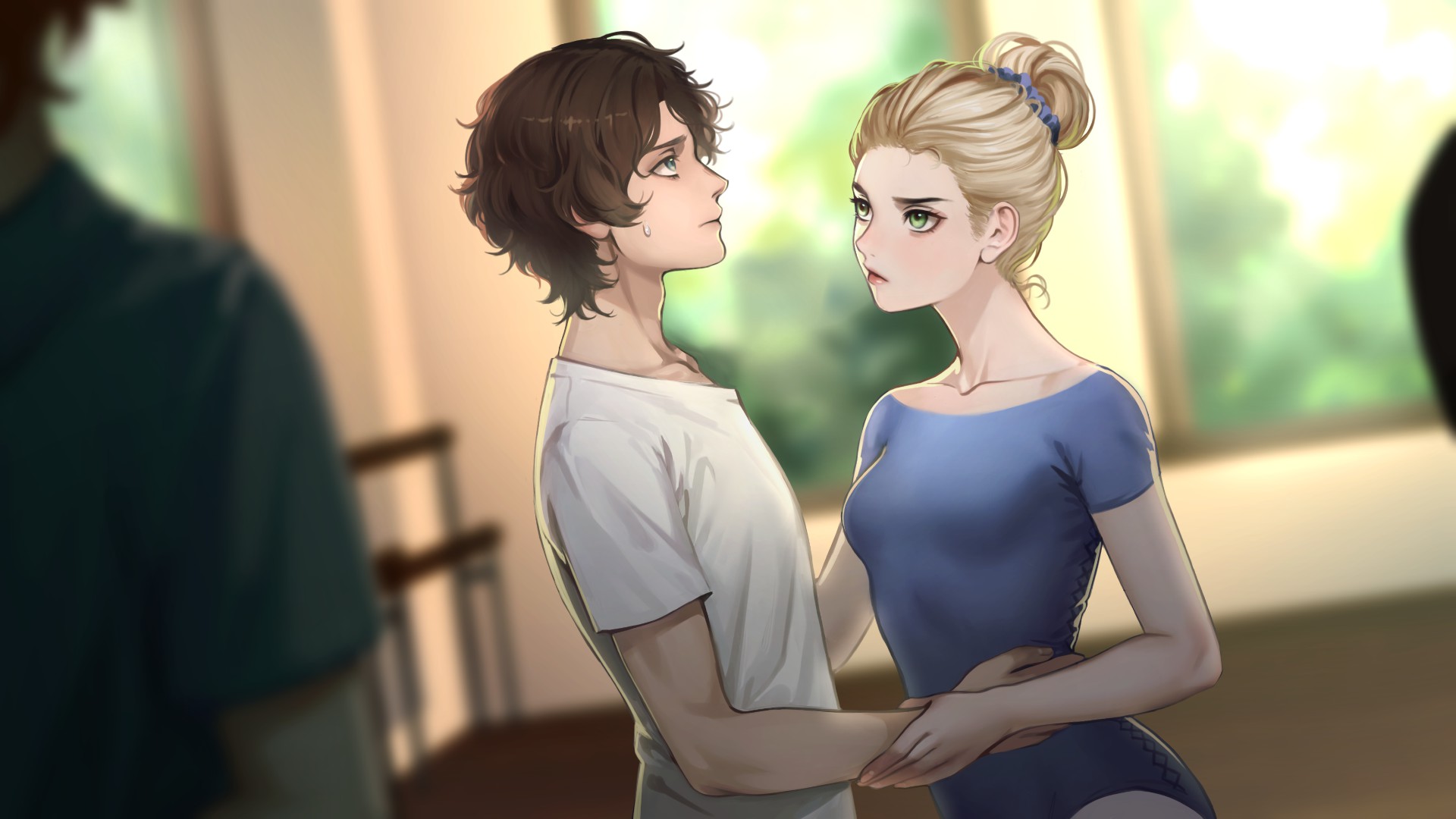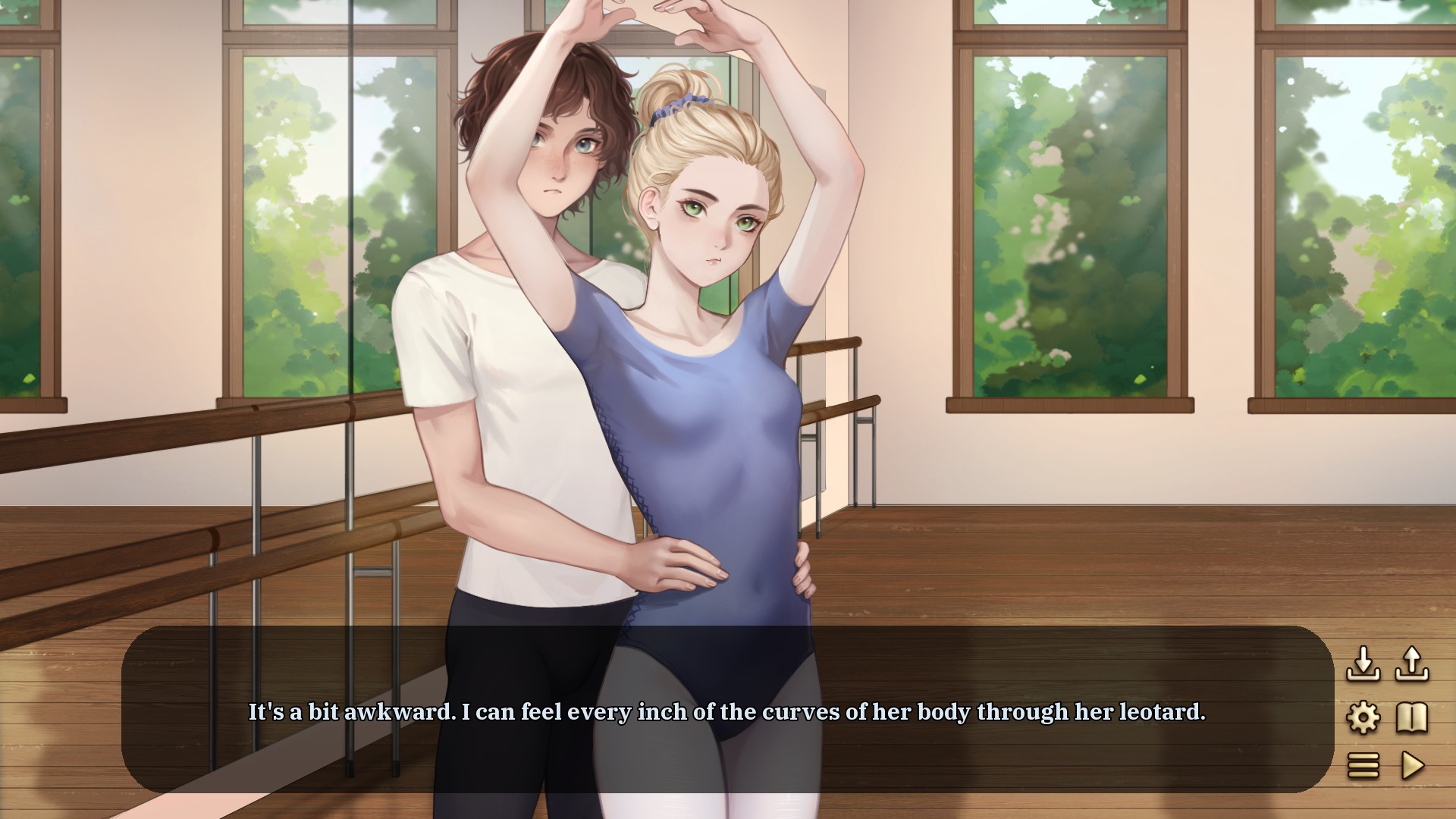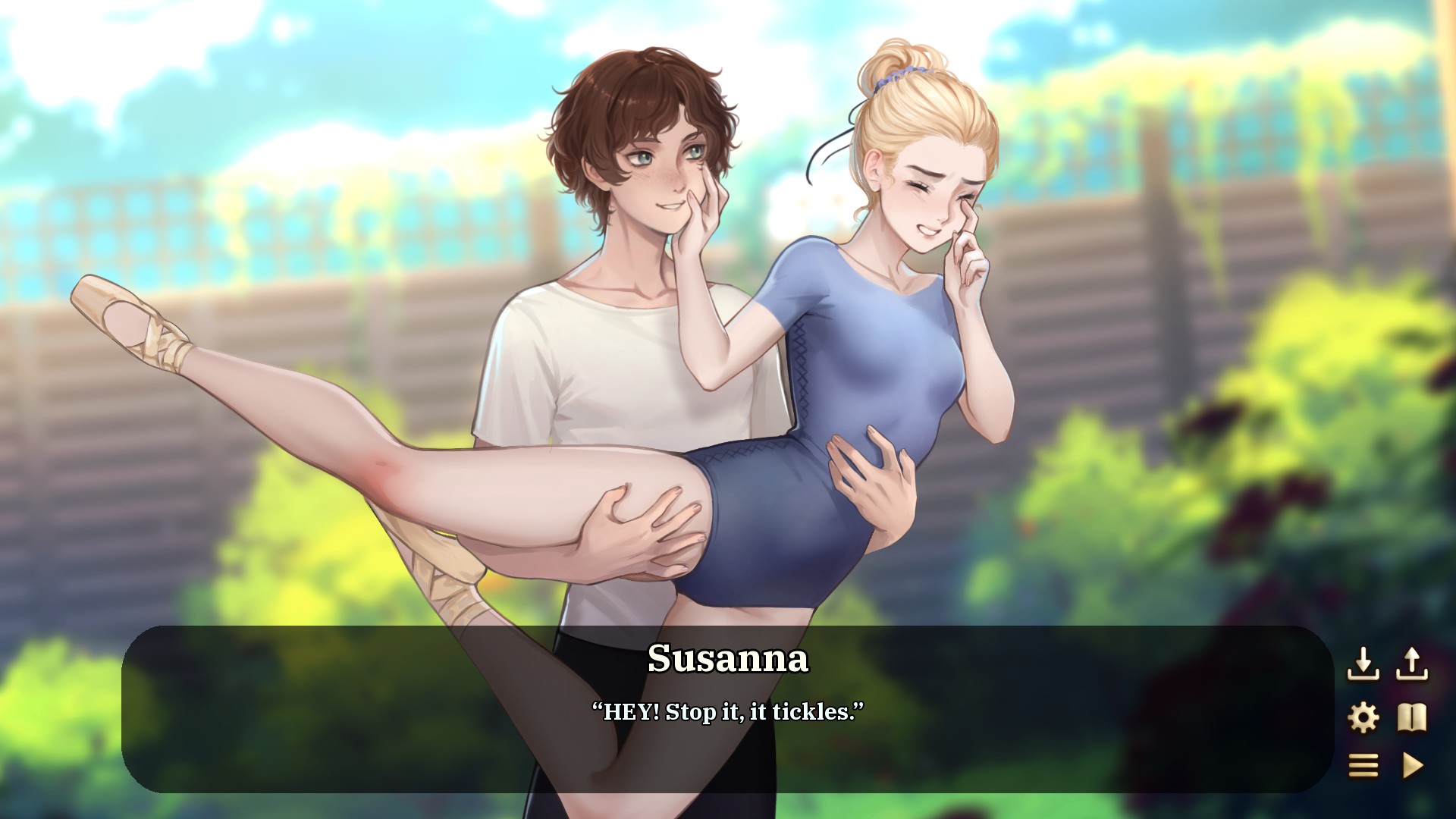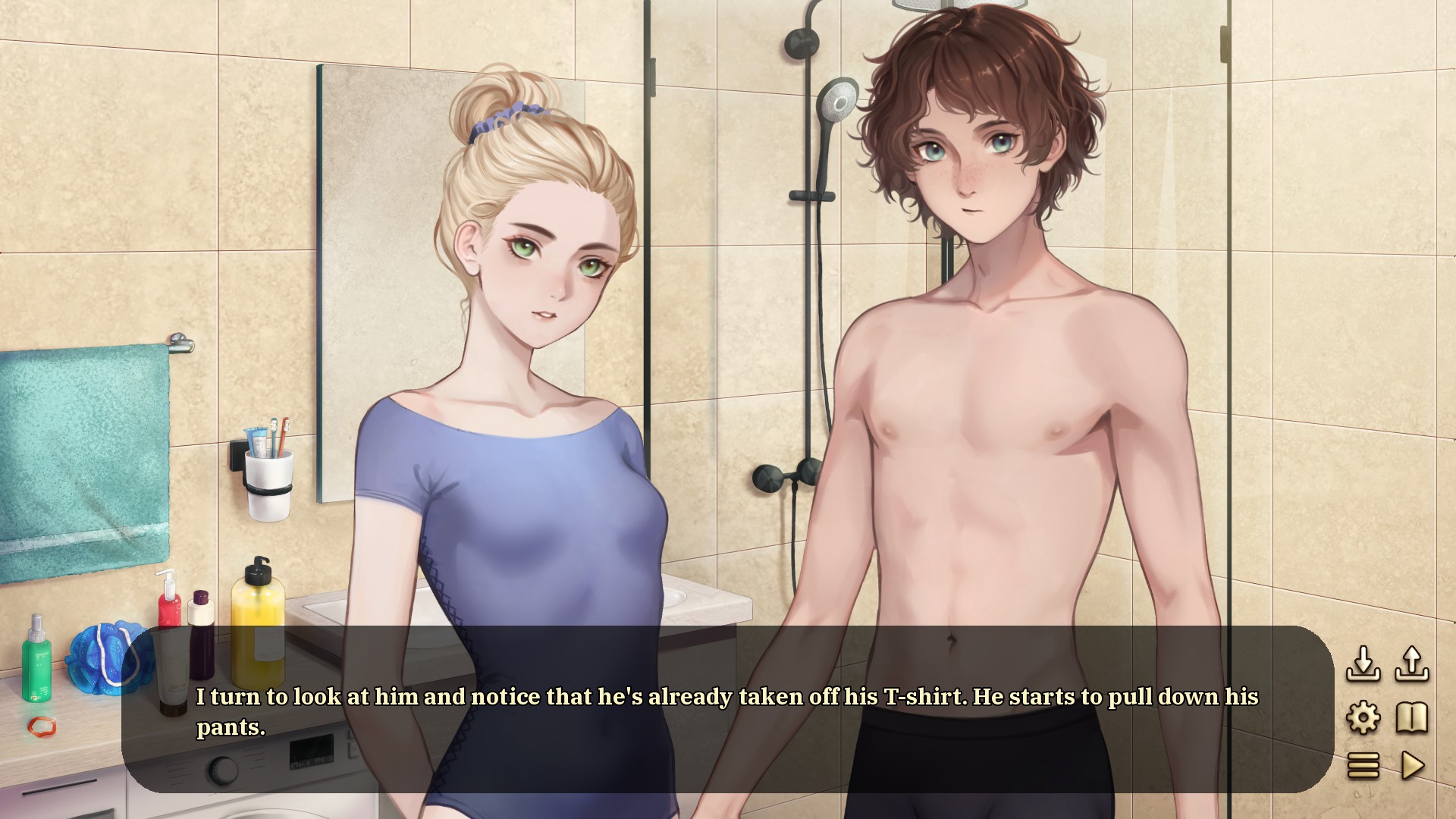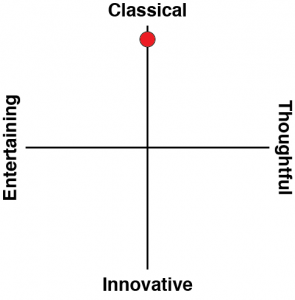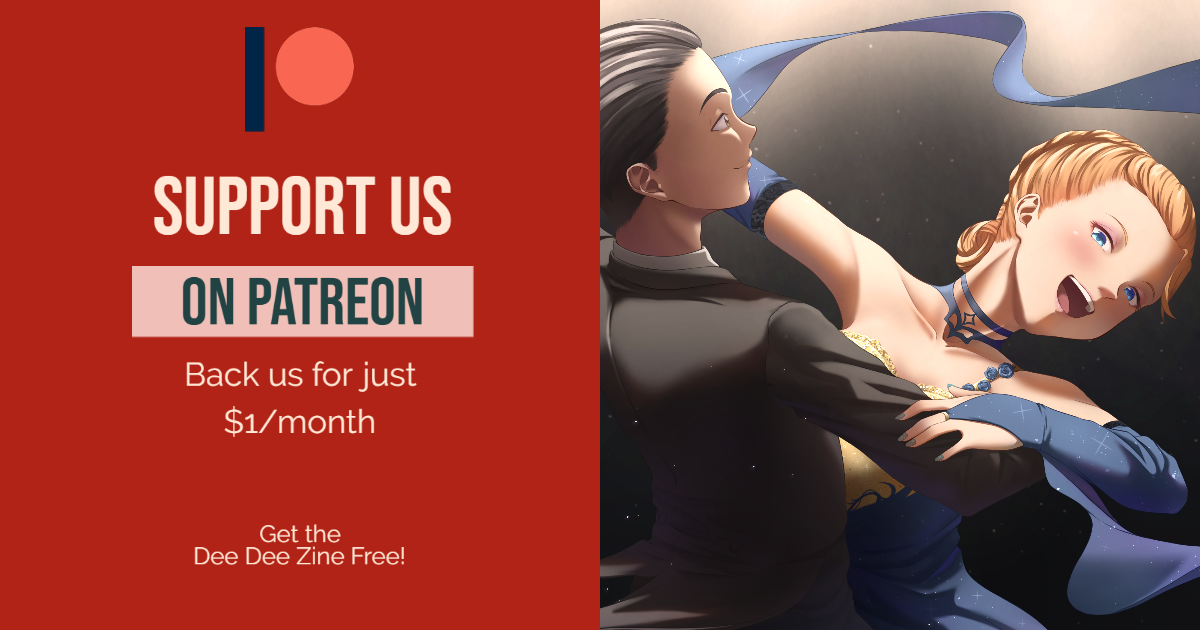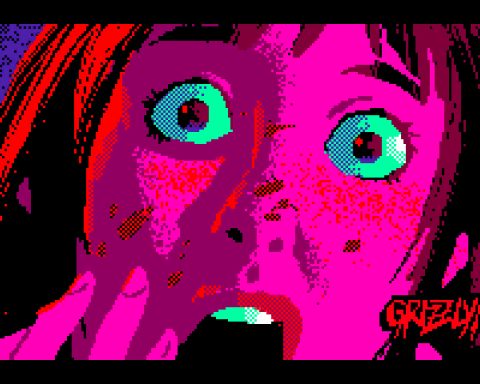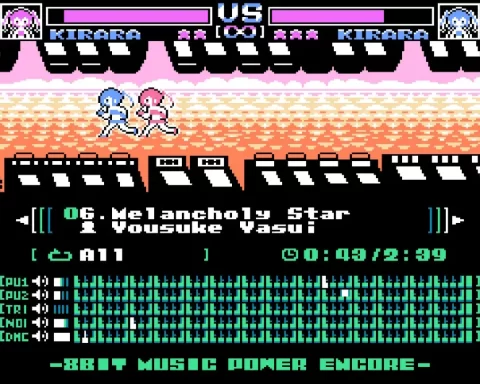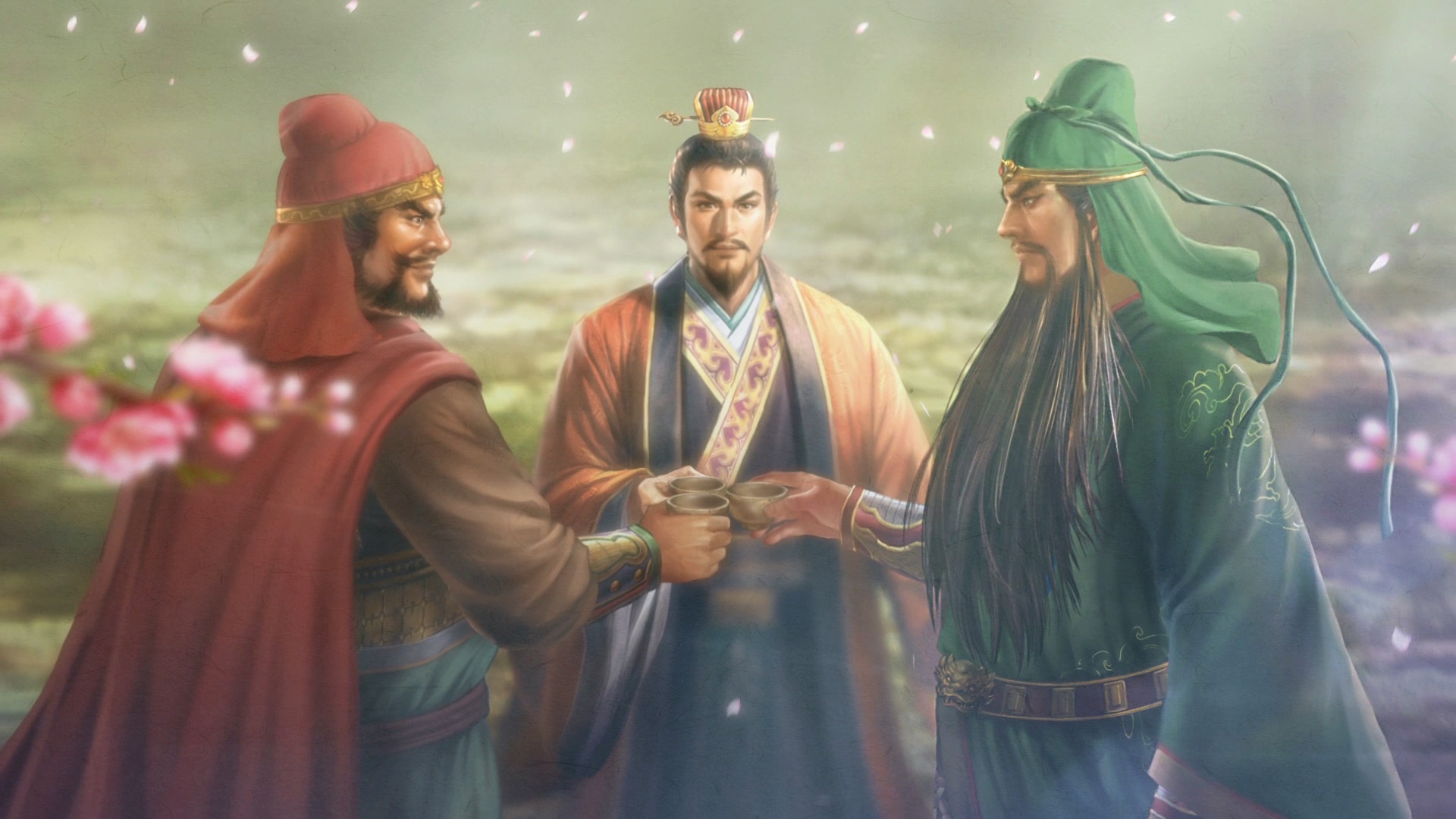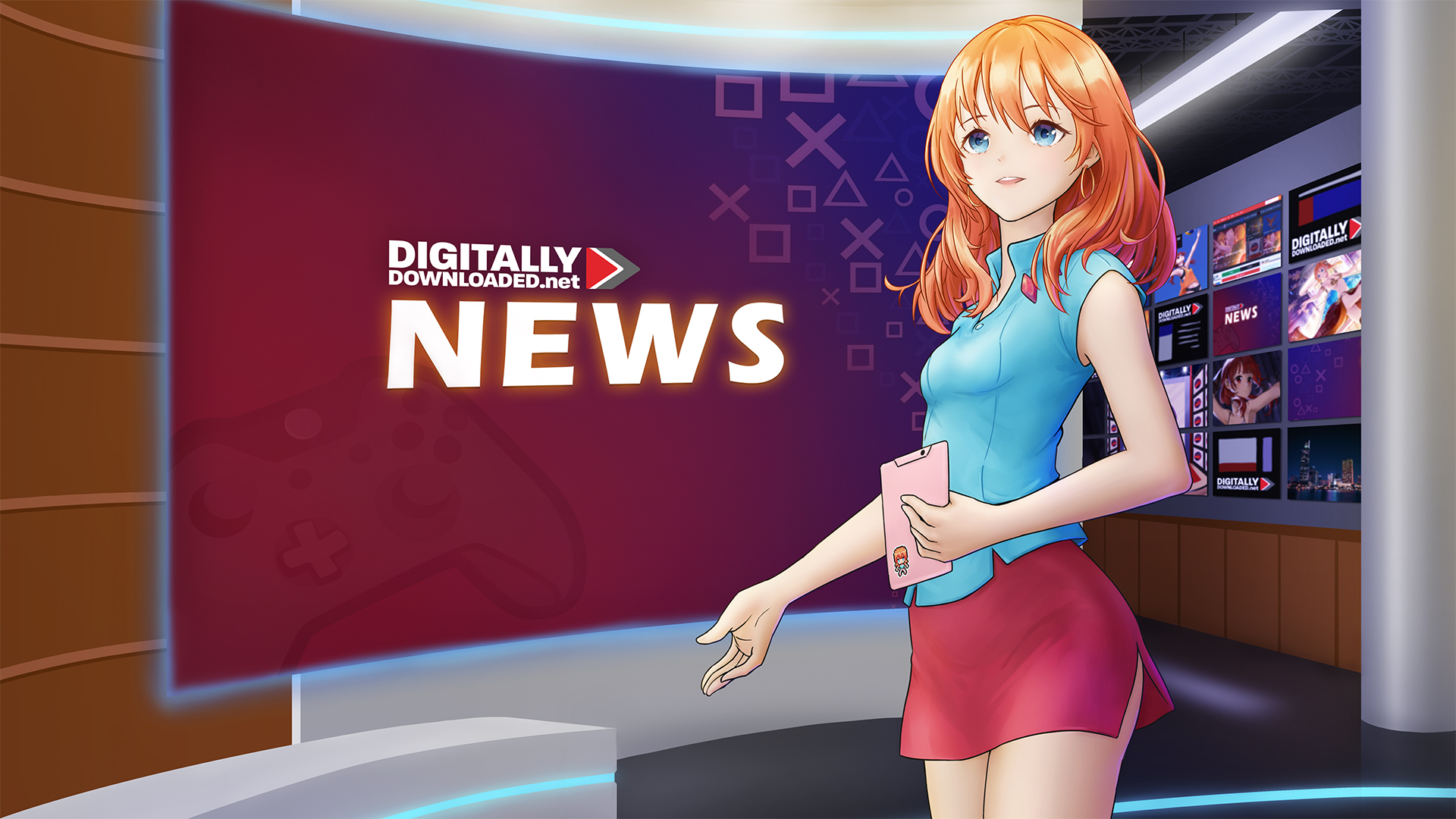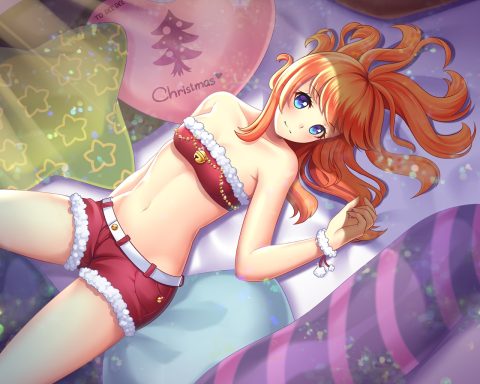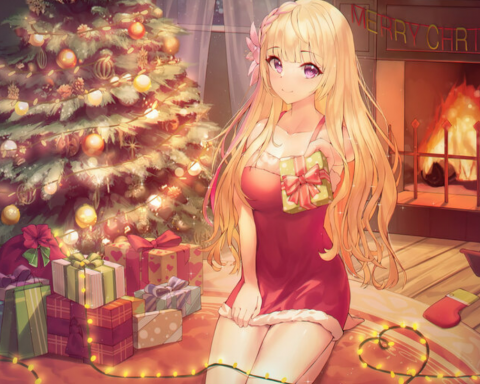Dance is a difficult subject to tackle, for many reasons. These challenges are, fundamentally, why it’s not a topic that video game developers typically touch (or filmmakers, or novelists, or painters, or most other art forms). The Ukrainian developer behind Light de Deux has given a ballet-themed visual novel a white-hot go, however, and it’s an admirable result.
What makes dancing such a difficult topic? Firstly, dancing itself is incredibly complex and dancers spend years learning and then training their bodies to move in a way that is fundamentally different to how people normally do. Because dancers move in a way that is unnatural, it is notoriously difficult to then properly capture the aesthetics and style of dancing looks like through drawings or paintings if you’re not a dancer yourself. If something is even a tiny bit out it is really noticeable – dancers will be able to break down where the art misses the reality of the dance, but even non-dancers will know that something looks “off.”
So, right from the outset, any game that wants to focus on dance needs to find one of the rare artists that can do the aesthetics of the medium justice. Then they run into a second problem: Most of their audience don’t know much about dancing. Think about it this way: Pretty much everyone knows how football works, even if you’re not a fan of the sport. You can talk about football in general terms and you’re not going to confuse the audience. The same goes for tennis, or ice hockey, or most mainstream sports. But dancing is far more esoteric, filled with arcane terms, techniques and philosophy. If you can’t assume that the audience has a base-level understanding of the activity, it becomes enormously difficult to explain that activity to them. Making an accessible story about dancing is always going to be a challenge.
And then there’s the relationship between dancers. This is something that non-dancers really struggle to understand. Because it looks like dancers should be intimate with one another. By its nature, in dancing there’s a lot of physical contact, and it’s often in parts of the body that you wouldn’t typically go anywhere near with someone you weren’t intimate with. For example, a lift will often require the man to hold his partner high up the thigh or around the chest. In some lifts, there is actual contact with the partner’s crotch. But even putting lifts aside, many mundane steps also involve hands on the partner’s hips, waist or stomach. There are any number of stories about non-dancers struggling with feelings of jealousy when dating a dancer because of the partnering. Of course, in practice, there’s often nothing in it (especially if the dancers are not actually dating). Dancers aren’t even paying attention to the contact. They’re usually focused on holding a position, or the choreography, or any of a million other things that require incredible concentration to do well as a dancer. For the dancer, as long as the connection is actually there, because they need it to do their job, they don’t care where they’re being touched.
But, again, to a non-dancer’s eyes, it can be a difficult thing to parse. Many dance partnerships never become romantic, and this is something that those outside of the world will possibly never understand.
In a way, it is a slight pity that Light de Deux tells the story of a couple that becomes romantic, because it means that this game won’t do much to dispel the misunderstanding that people have about the relationships between dancers. With that being said, it does tell a lovely, if typical romantic story. Initially, Mark and Susanna can’t stand one another, but after being partnered up for a dance competition, they both find themselves feeling a growing connection and intimacy through the physical connection and many hours they spend together.
What the visual novel does do very nicely is articulate dancing coherently for non-dancer audiences. I don’t know how closely the developer has been involved in ballet themselves at a personal level, but the broad descriptions of the terms are both on-point and not overly technical for the uninitiated. The way the story describes competitions, training, injuries and the rest of the dancing experience is all pretty authentic too.
It’s just a pity that it’s such a short VN because, while it tells the story that it wants to, there’s a lot of nuances that could have been explored. The relationship between the two protagonists follows a believable course, but it still would have been nice to see the emotional and physical challenges of what ballet does to a team dug into with more detail. There’s also a side story about wealth and class – the girl comes from a wealthy family, the boy does not, and that is introduced and not really dealt with any further. I also wanted to learn more about both characters than the very functional backstories they are given. It would have been great to see what they were like away from their dancing because there are tiny nuggets in there. Mark is a trades worker who really struggles with the over-masculine behaviour of his co-workers. Susanna seems like a very lonely and unhappy soul. Fleshing these things out further would have made the dynamics around their budding relationship all the more engaging.
But, again, it’s a sweet little story that takes about an hour to play through, and it does tell the story it wants to in that time. There’s some nice humour that keeps the energy lively throughout, and the art is a real highlight. It’s gorgeous. The character sprites are well-drawn, and there are a half dozen key art CGs, which strike the perfect spot-on balance between playing with the inherent fan service of girls in leotards and normalising it within the story. Because that’s another thing that non-dancers tend to not understand about dance: The “skimpy costumes” stop being something that people actively notice or care about within days of getting involved in dance. Mark has it hard for Susanna (obviously), but the fact that he doesn’t even really notice or care about the costumes is a nice touch.
I do wish there was more to Light de Deux, not because it feels incomplete but simply because there really could have been greater ambition behind it. We’re talking about a rare game with dance as the central theme. There was the opportunity there for the developer to really come out with something that had something big to say. Of course, it would also be unfair of me to criticise the game for it, given that we are talking about an independent developer weaving magic out of fumes. Games cost money to make and if you make the most of what you can resouce. In that context, the developer definitely punched above their weight with what they’ve delivered here. I hope that Light de Deux is a success and perhaps, down the track, if they get to the point where they have more resources, they can come back to Susanna and Mark and give us a more fully fleshed-out story about the relationship and experience of being a ballet dancer.
